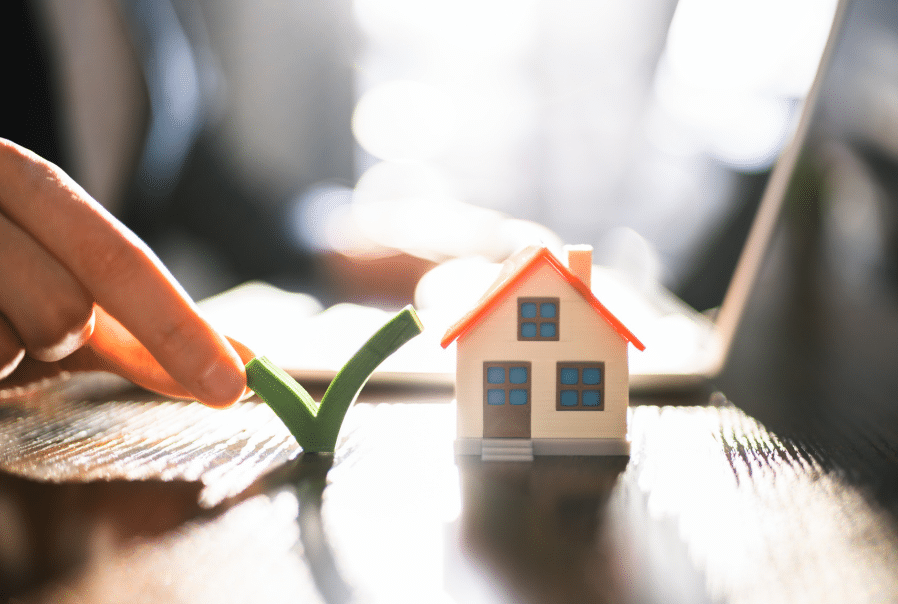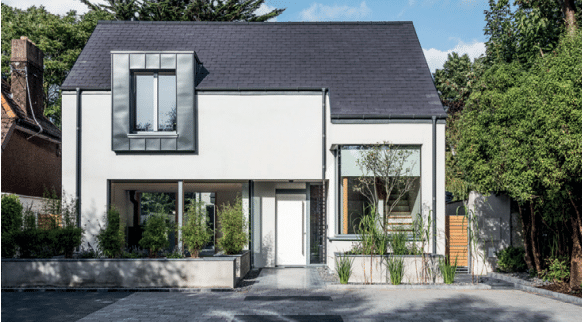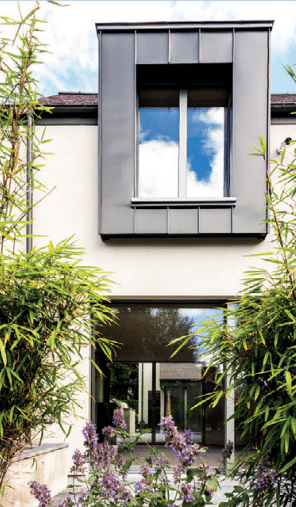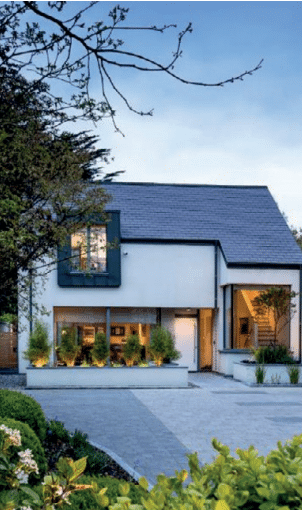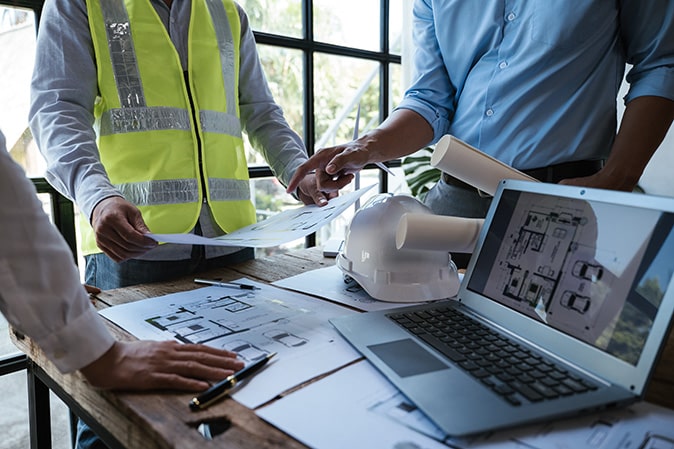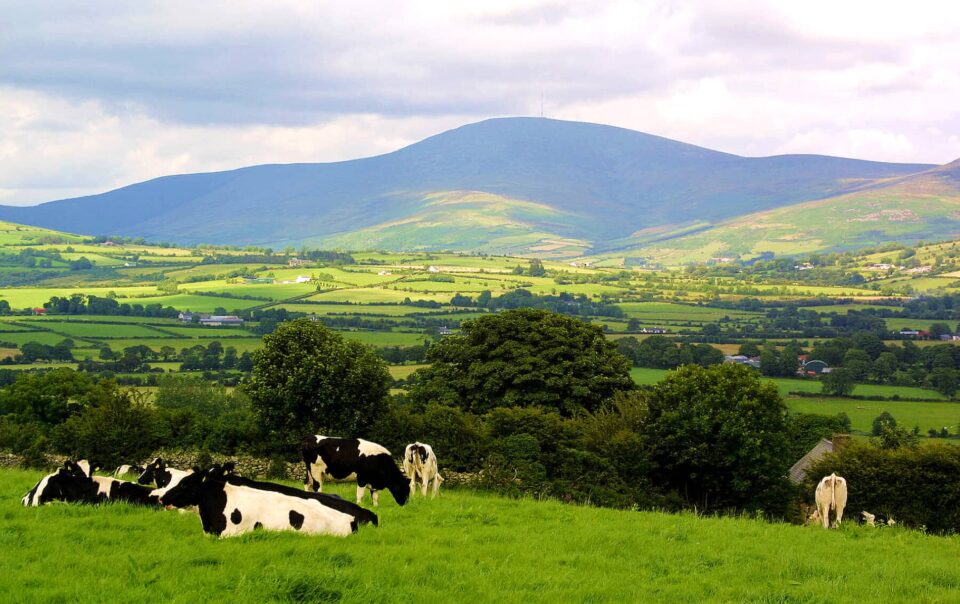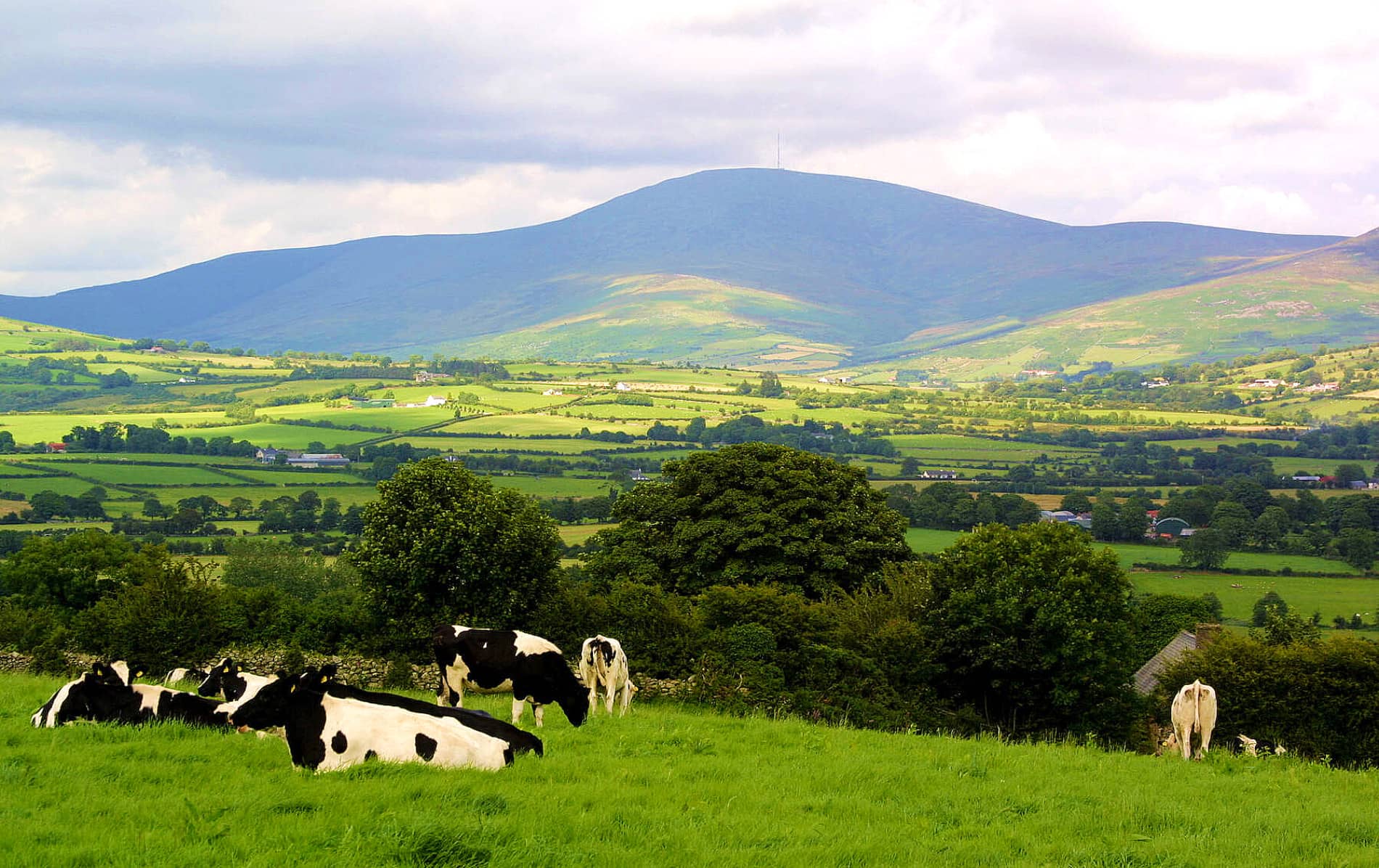In this article we cover:
- What is environmental certification?
- What are the main ones in use in Ireland today?
- What makes a new build an eco-build?
- What is the benefit of using eco-build checklists?
- Eco-build checklist examples
How can you prove you’ve built an eco home? Through environmental certification. For construction projects, certification tends to take into account the design and construction stages but occupancy can be evaluated too.
These certification processes all cost money to carry out. You will need to get a designer familiar with the assessment method, who will charge a fee, plus pay separately to get the application assessed.
These certification models are mostly aimed at developers who can spread the cost of certification across multiple units. But as a self-builder, even if you don’t choose to certify your home, you can benefit from consulting what boxes you need to tick and what standards are associated to each.
The Home Performance Index (HPI) by the Irish Green Building Council (IGBC) is the ROI environmental certification system. The now defunct Code for Sustainable Homes was the UK’s environmental certification system developed by the Department of Communities and Local Government in 2007. It assessed homes over two stages, at design and at post construction stages. It’s an intuitive way to look at environmental certification; the documents are still available online on gov.uk.
Perhaps the best known schemes internationally are the UK’s Building Research Establishment Environmental Assessment Method (BREEAM) and the US’s Leadership in Energy and Environmental Design (LEED).
The box ticking exercise looks at factors that can be independently verified. One of which is the location. Not needing a car will score brownie points. Then there’s the fact that a large house is unlikely to be adaptable for future use, e.g. when the children leave the nest or if someone falls ill or has reduced mobility. That’s also on the list, along with a garden that’s more about nature than hard finishes.
That said, environmental certification isn’t the be-all and end-all of eco building. There are important sustainability criteria that environmental certification schemes can’t directly assess, mostly due to a lack of metrics.
Home Performance Index (ROI) Checklist
In ROI, the Home Performance Index (HPI) allocated points for each indicator with minimum targets to reach. Bonus points are awarded by fulfilling the Exemplary Performance Points.
There are two levels of certification: Certified (above 45 per cent) and Gold(above 65 per cent).
Full details available on homeperformanceindex.ie.
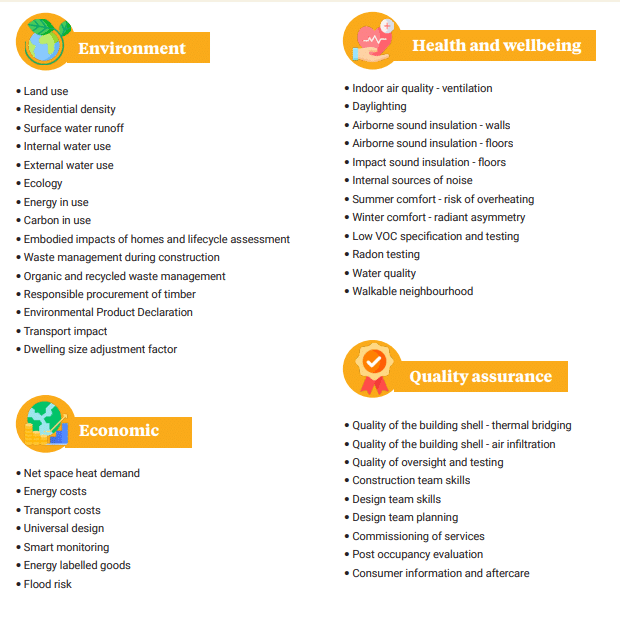
BREEAM (UK) Checklist
This sample BREEAM checklist from datamyte.com covers key catergories and criteria; it is not exhaustive and just an overview.
BREEAM evaluates projects across 10 categories with variations depending on the type of project, and tends to focus on commercial projects and multi-unit residential projects.
Consult the relevant BREEAM technical manuals for detailed guidance and requirments.
See bregroup.com for more.

Reducing debt
Sustainability also has to do with being able to afford your project. Financial pressure is not often talked about but it’s a stress that many self-builders have to deal with. A large house may be tempting to build, but a good design should get you all you need on a much smaller footprint. Also consider that if you’ve built your dream, a large house with unusual finishes that cost a lot to put in, when the time comes to sell you might not get an offer at the price point you want or need. A smaller footprint also means less materials, which means using up less of the earth’s resources. Reduce comes before reuse. The last resort is to recycle. The HPI factors this in with the “Dwelling size adjustment metric” which takes points away if the house isn’t small and compact relative to the number of bedrooms

